Itinervate has been renamed to Tetinerary as part of a bundle adjustment, whereby this project essentially becomes the "wearable Tetent" project, replacing #Tetent TimerSpy [gd0136].
One of the nifty things that were found in said adjustment was an MCU with a GPU inside: the STM32U5G9VJ. Additionally, this chip has both RGB888 and MIPI 2-Lane 500Mb/s/lane interfaces, and I just checked and the MIPI DSI has dedicated pins that are not shared with anything:
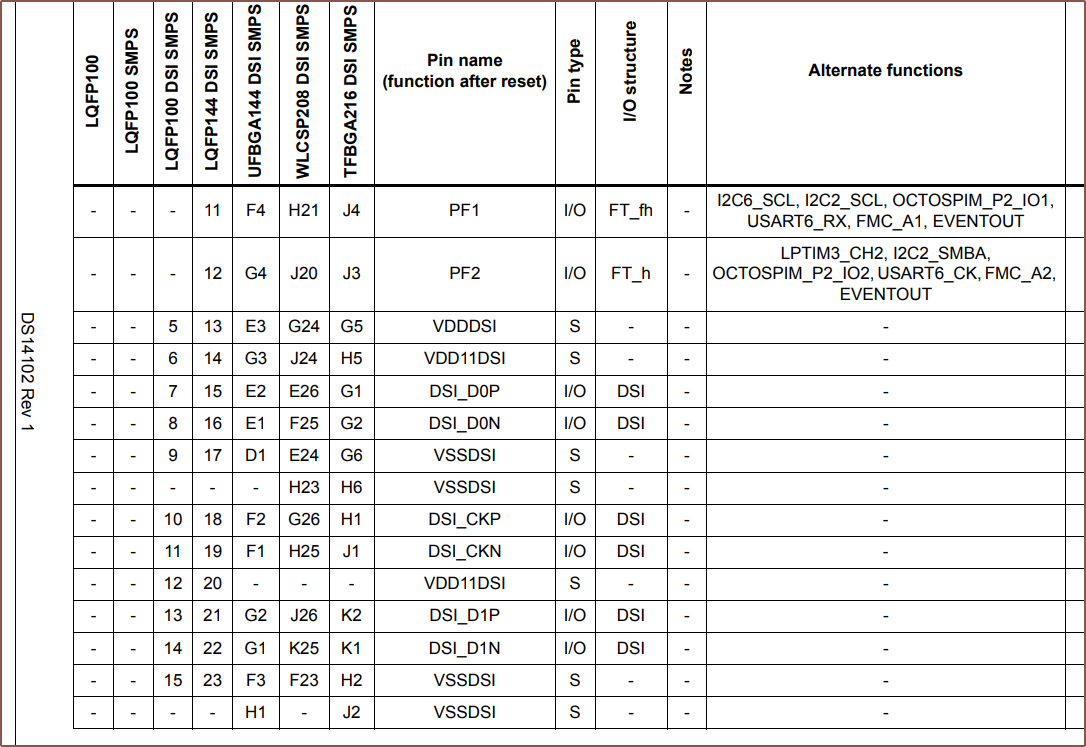
This could mean that it's hypothetically possible to actually drive dual displays from this chip, one on RGBXXX and the other on MIPI DSI. Considering that the demo using a 800 x 480 display was only using sub 20% the CPU, I think that compute isn't a limitation at the very least:
Now... you may know that at one point in the past it was planned that Tetent would use a 4 inch square screen as a backlight. Some of the reasons that I decided against it was because it would be £30/panel for something that would only be seldom seen and that it's LCD. Additionally, while IPS LCD is fine when used as a display, if there's something that is supposed to be black but is slightly illuminated and visible in peripheral vision, I imagine it could be distracting. It doesn't help that the most satisfying animations I could think of were high-contrast, black background ones.
The dream of having an input device that looks like the Flux keyboard is still alive though.
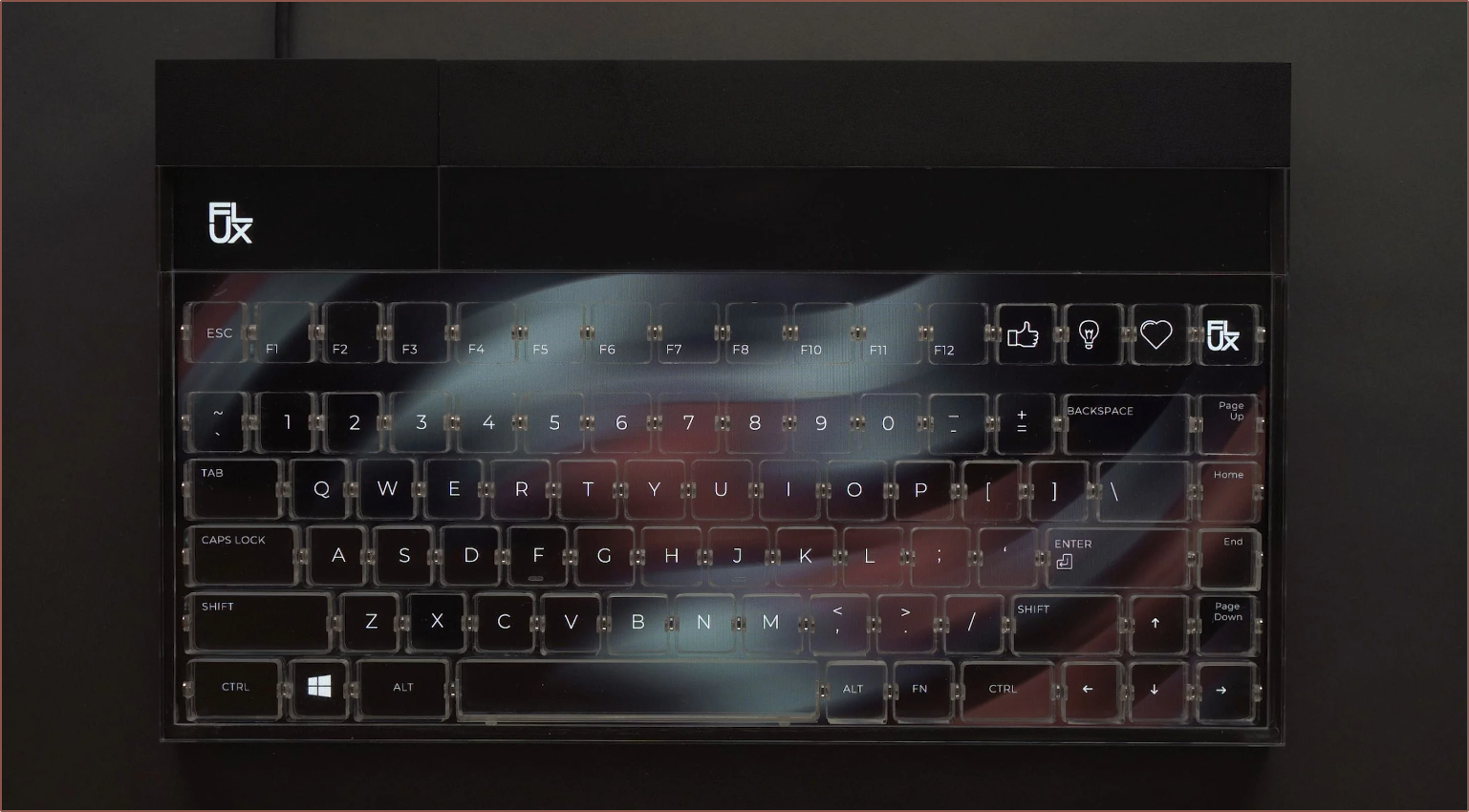
There are a lot less OLED panels on the market, but I managed to find one that could be a good fit for Tetinerary:
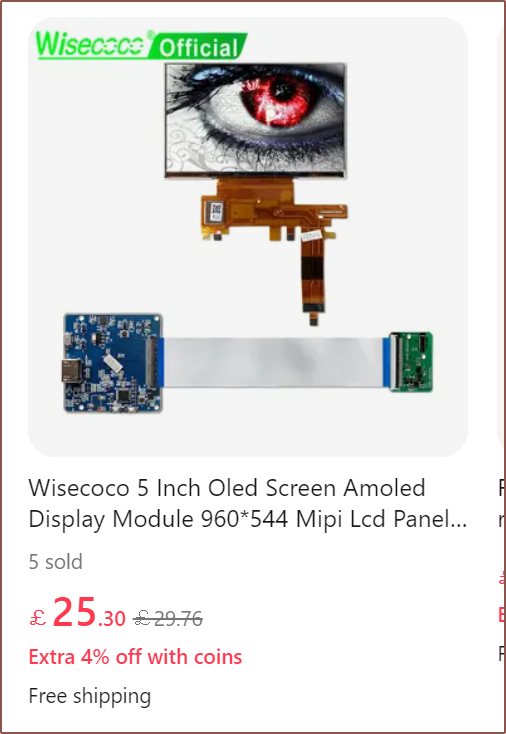
The plan for it is to have earcups that have 5 Tetrinsics installed. The height of the finger Tetrinsics doesn't need to be that high, but it is important to keep the width as low as possible, so ideally the chin would be on the long-side of the panel. The panel above seems to formally be called the AMS495QA01, which is a panel with an unexpected 960 x 544 px resolution and an active area of 109 x 62mm. It's just-about long enough in X and Y, and a good resolution as I found the following equation and put in the numbers and it'll require 450Mbit/s/lane to run, thus there's about 10% of bandwidth to spare.
Data Rate =
1.2 *
Width * Height *
Total Bits Per Pixel *
Frames Per Second / Lane Count
Panel Data Rate =
1.2 *
960 * 544 *
24 *
60 / 2
= 451,215,360 bits/s/lane
I was wondering if 140 nits would be an OK brightness for a peripheral backlight, as well as why "gaming" was listed as the application for this panel. I did some reverse image searching and found out that this is the panel used on the PSVITA 1000, which is the best OLED panel I've ever seen. I haven't seen many, but this panel has the blacks I associate with OLED, not the turquoise hue seen on my current AMOLED devices (like the i3 OLED smartwatch mentioned in Timerspy -> Details) when viewed in any ambient light.
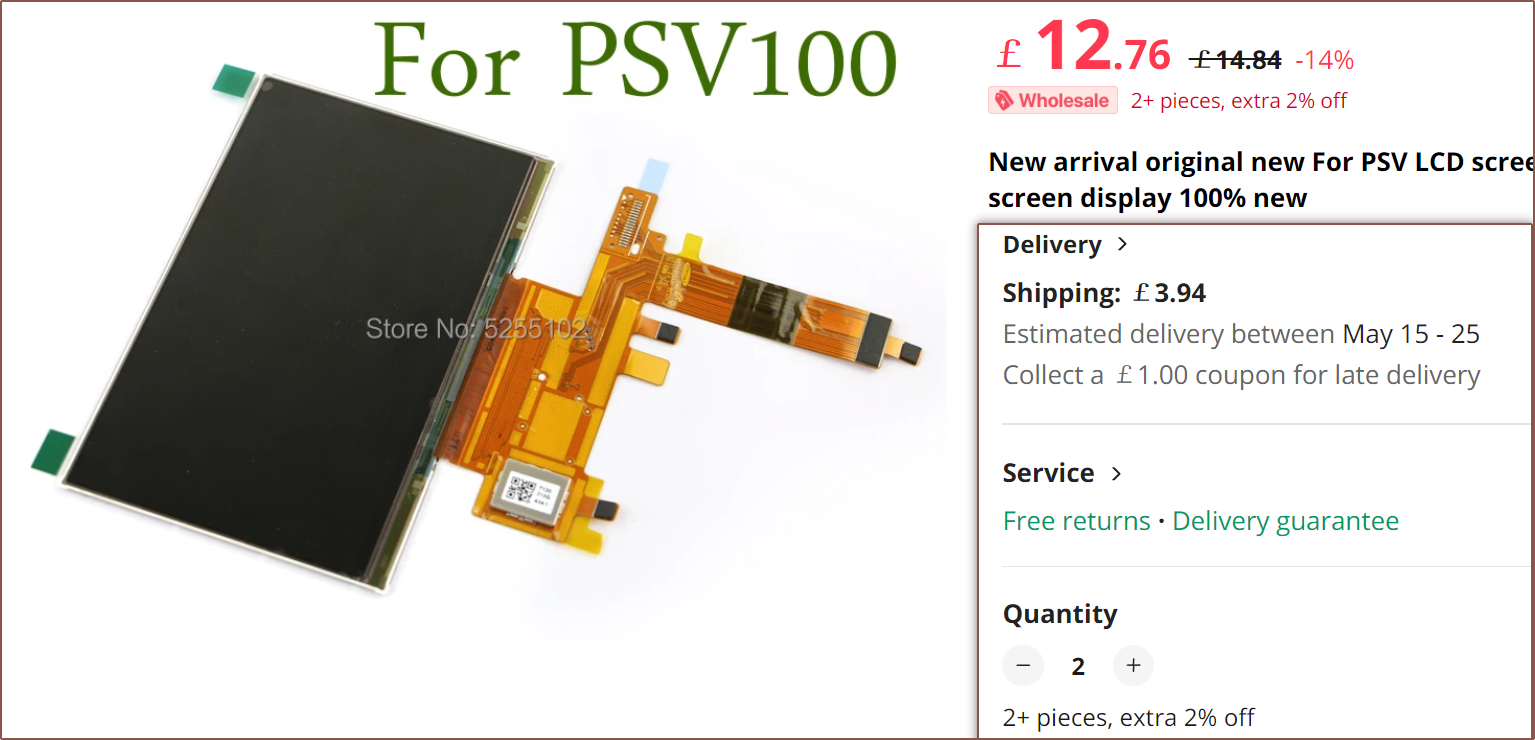
This would allow me to make the earcups mostly black, since the LED strips I plan to use in Tetrinsic are naturally white when not illuminated. The functionality of the screen would likely be similar to that of the Afeela concept car, with a display bar on its front:
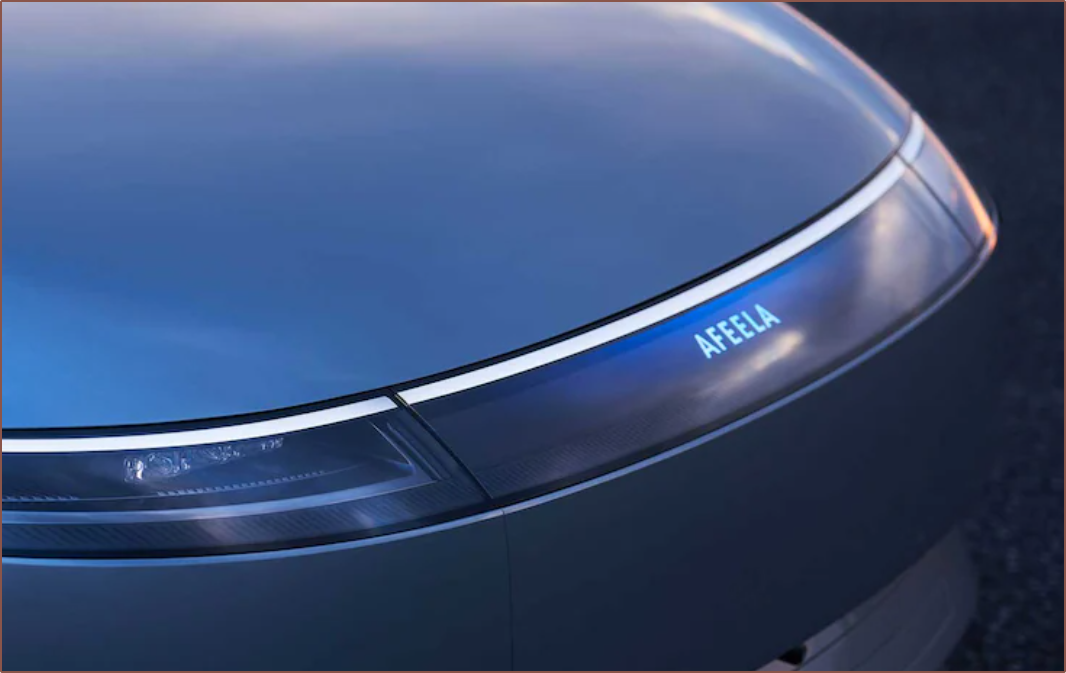
This wiki page might be useful for learning how to configure the screen.
 kelvinA
kelvinA
Discussions
Become a Hackaday.io Member
Create an account to leave a comment. Already have an account? Log In.